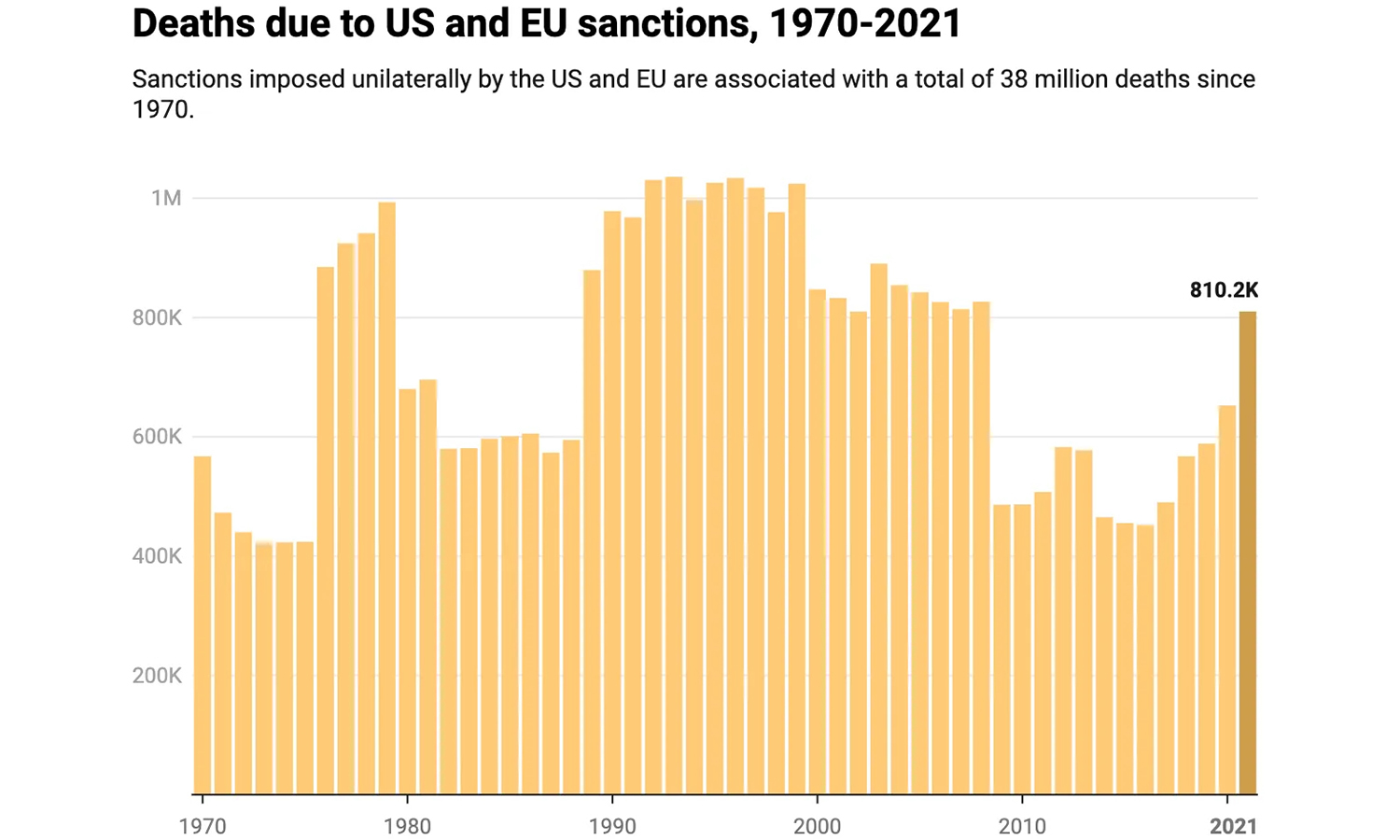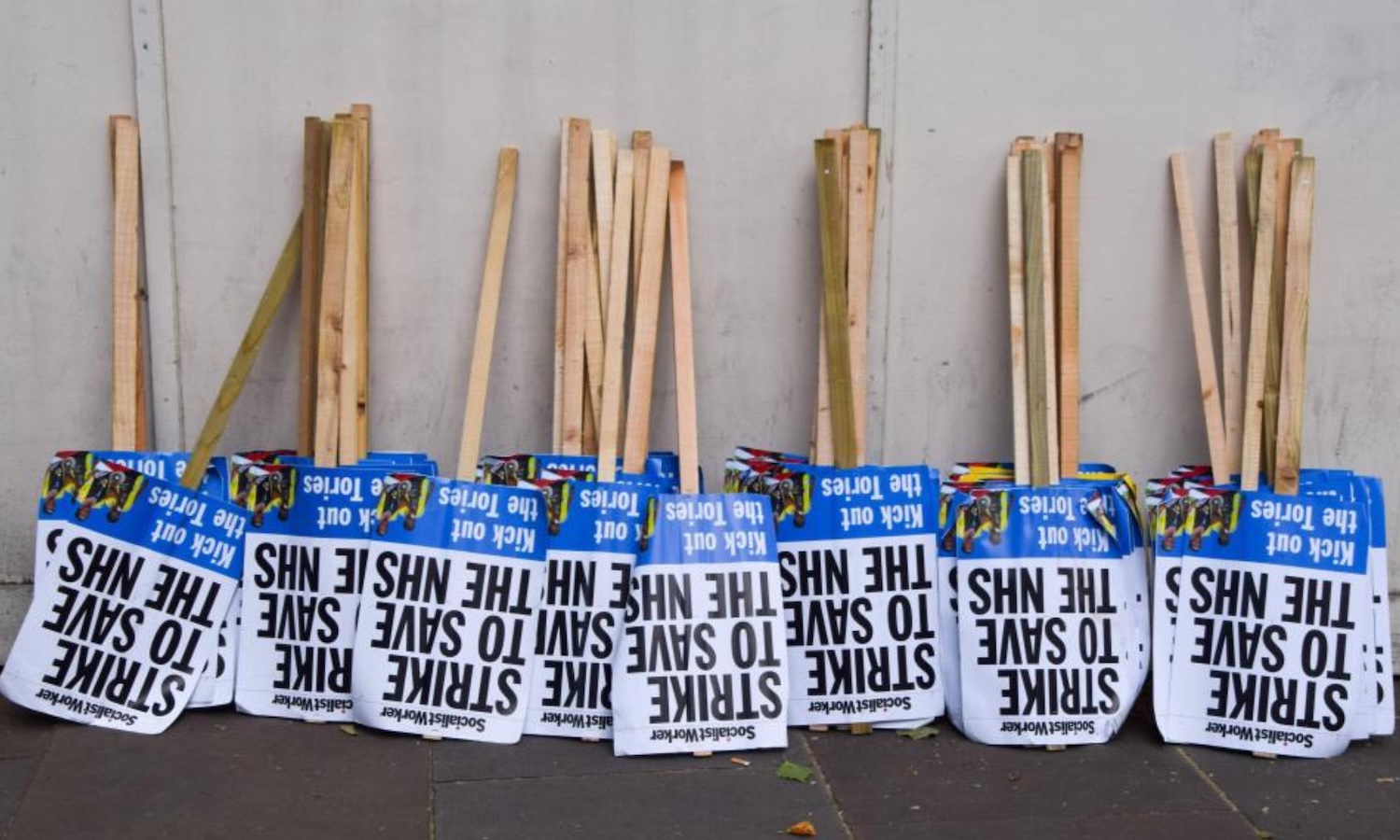On Saturday 8 February, a general election took place in Eire (the Irish republic) and brought forth a quite amazing result.
Sinn Féin, standing in just 42 of the 159 Dáil Éireann (Irish parliament) seats being openly contested (the 160th goes to the speaker automatically), won 37 of them. This put the party in second place to Fianna Fáil (FF), which got 38, and ahead of Fine Gael (FG), which only got 35.
The Irish Labour party sank almost without trace with six seats, and can no longer consider itself the third party in Irish politics.
Anger against austerity in the south
Sinn Féin campaigned to “give the people a break” from the austerity drive that is being thrust on them by their ruling class (this battle is being carried on in all corners of the globe) and attracted support from voters across the board because rents have soared, property ownership has plummeted and the scourge of homelessness has nearly quadrupled in the past five years.
A few months ago, there was a photograph of a little Irish boy eating his dinner off a piece of cardboard on a Dublin street that rightly caused widespread outrage. The Irish people are not impressed by figures telling them that the economy is fine when their own eyes show them such things.
As the Irish Times columnist Fintan O’Toole pointed out, it’s still “the economy stupid” that matters in politics, but “what people mean by ‘the economy’ has altered”.
Voters care less about unemployment figures or gross domestic product (GDP) than they do about having a place of their own to live in, a degree of job security and access to good healthcare for all.
It remains to be seen exactly what a new coalition government arising from this election will look like, but, whether inside it or as an opposition to it, Sinn Féin is expected to carry on fighting against austerity and for the raft of left-leaning/environmentally friendly policies on which it fought the election, while both the big parties (FF and FG) and the smaller Greens (who have previously played ‘little brother’ in austerity-led governments) are expected to see their support bases crumble.
Momentum towards unity in the north
Another consideration that cannot ever be left out of Irish politics is the six counties in the occupied north of Ireland.
The restoration of power sharing in Stormont shows that in London the British government recognises Sinn Féin as a major power in the north. This reveals quite clearly to the people of the south that a real possibility exists of a truly all-Irish political movement that could solve problems of national interest.
The British people’s vote for Brexit, which was reiterated in both the European election of 2019 and the general election of the same year, has left the unionist parties of northern Ireland in a terrible quandary.
Farmers, landowners and the northern Irish bourgeoisie very much wanted to stay in the European Union and to carry on collecting whatever subsidies and bonuses they could get from that body, and they had to a large extent convinced many working people that their best interests also lay in this direction.
Now that Brexit of some sort is a reality, future ‘independent’ trade with the EU will be possible only in line with an as-yet-unfinalised agreement between Britain and the EU. As the fluidity of the border between the republic and northern Ireland is threatened by UK-EU spats, there is a growing realisation that abandoning Britain and falling in line behind the campaign for the reunification of Ireland led by Sinn Féin on both sides of the border is a real option that will give the Irish what some of them think they need/want, ie, remaining in the EU.
It must be said, of course, that a united Ireland inside the EU would be far preferable to a disunited Ireland half in and half out. In any case, should the Irish people achieve a united Ireland then questions of affiliation to other bodies would be questions for them and them alone.
Reunification would give the Irish people so much more than the membership of the EU dreamed of by some northern bourgeois power players, including the chance to rebuild their whole nation in the form that the majority want and releasing them from the ancient yoke of British imperialism that has weighed so heavily on the majority of them throughout their history.
It is interesting that Jonathan Powell, who once served as Tony Blair’s chief of staff, and who helped with the drawing up the Good Friday peace agreement, is on record after the 2020 Irish general election telling the BBC that he believed a united Ireland was “getting more likely all the time”.
According to a poll last September, carried out by Lord Ashcroft, there is now a small majority north of the border in favour of leaving the United Kingdom and joining the republic. This may not yet be a consistent and unstoppable movement towards a united republican Ireland but there is definitely movement.
Even former northern Ireland secretary Lord Mandelson under Tony Blair’s government has recognised what he calls the “economic gravitational pull southwards”, which he admits is only likely to grow over time. “At the heart of all this is identity,” he said, adding: “The effect of the Brexit deal is to strengthen economic links to the south and loosen political ties to Britain.”
In short, as Brexit pushes the northern Irish towards unity and therefore towards Sinn Féin, so the excellent struggle against austerity led by Sinn Féin in the south brings the masses there towards the party, too.
To paraphrase an old advert: ‘The future is bright; the future is green.’
















